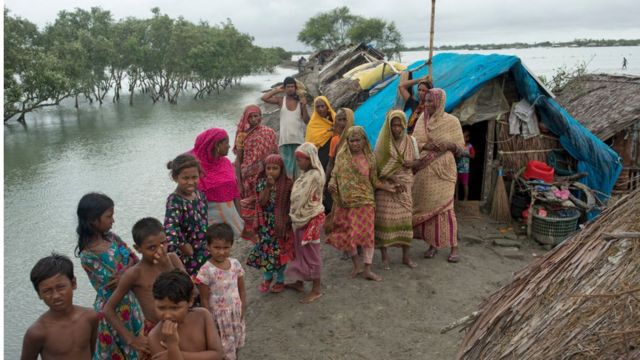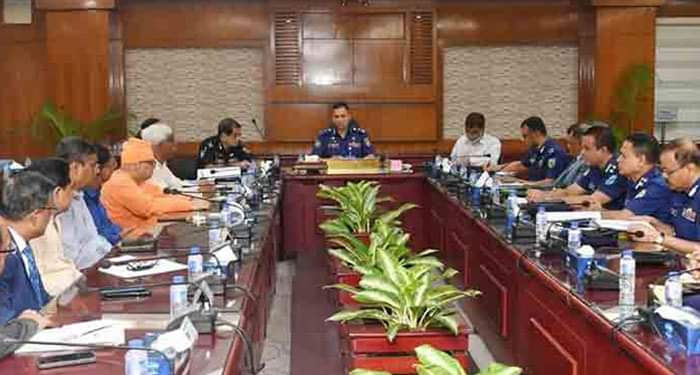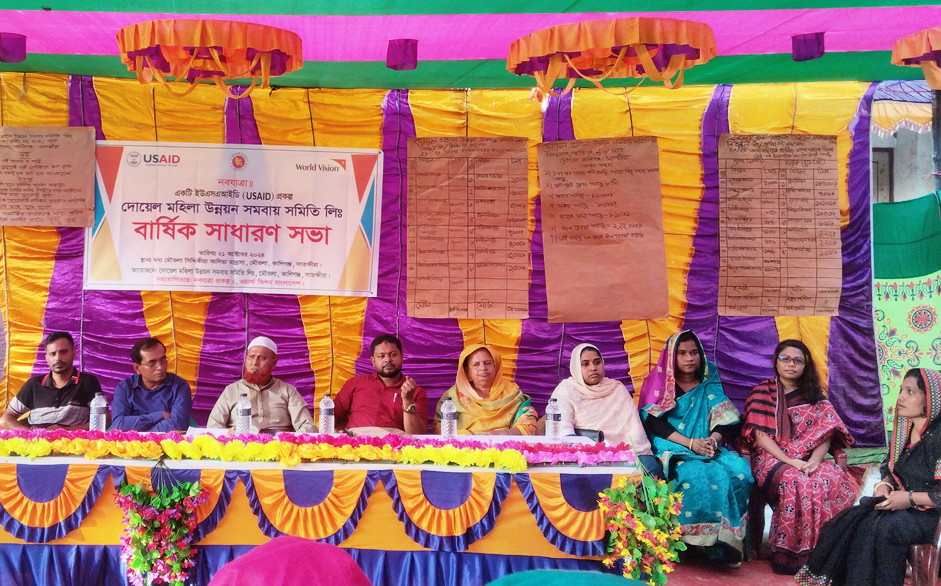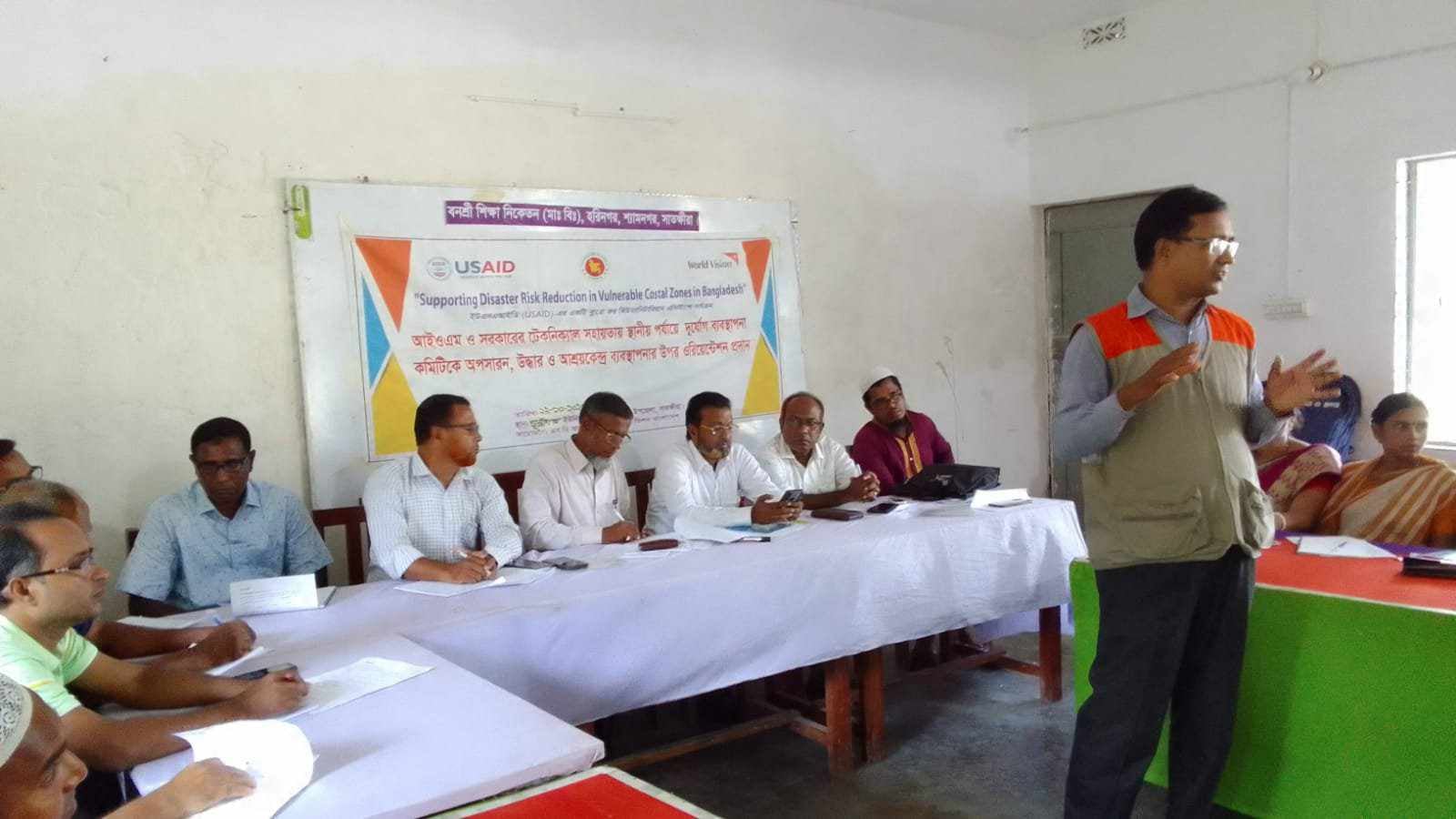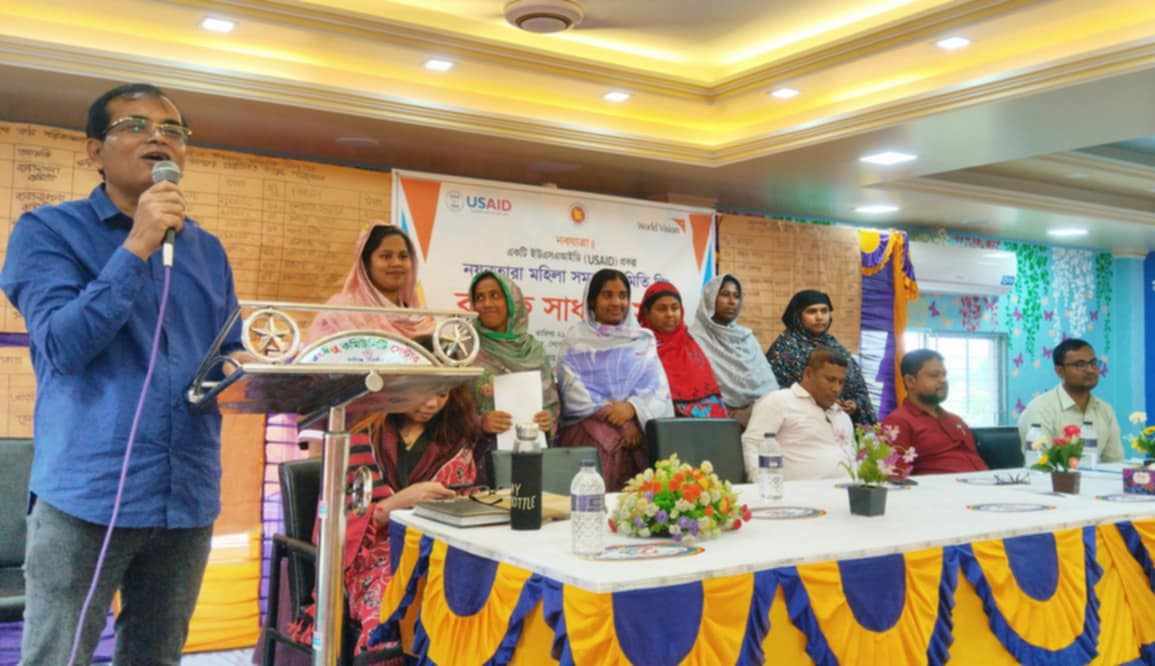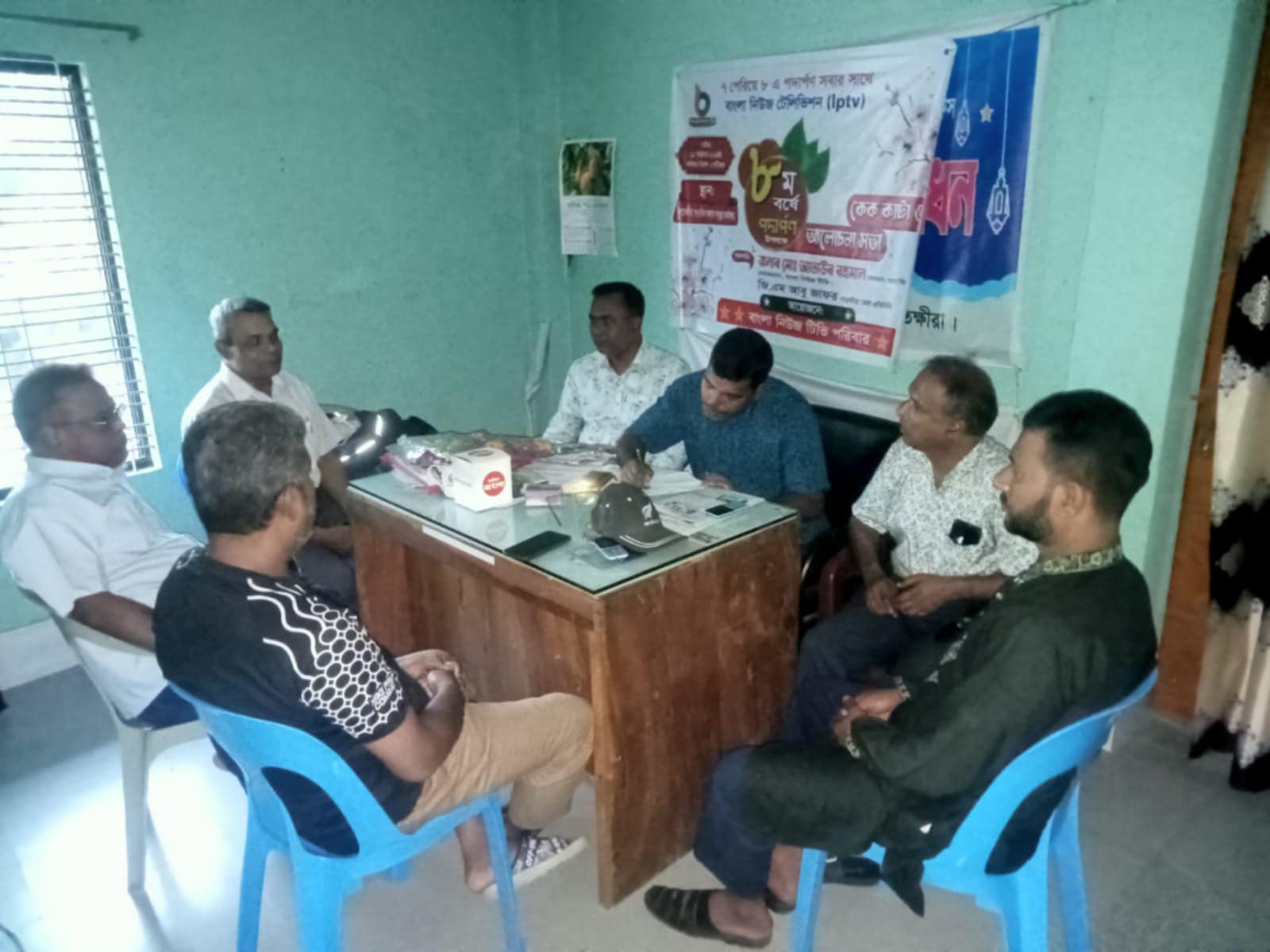Climate change is changing our nature and human occupation. In the six-season Bangladesh, now summer and monsoon – only these two seasons are visible, the last season is now a memory. It is difficult to say the country of six seasons as if the soft autumn sky does not meet the white clouds. In drought, fields and crops are burnt. Haor, bill, canal dries up. More than normal rainfall occurs from Chaitra. Asadha, Shravane does not receive rain during the rainy season. The people of the vast coastal areas of the southern region are very vulnerable to climate change. There has been a huge change in their professional side.
A panel of UN scientists cited in a recent report by the International Panel on Climate Change (IPC) has warned that human activities are causing sea levels to rise faster than at any time in the past and ice to continue melting. Carbon emissions are also increasing due to the melting of polar ice caps. The habitats of various animals are changing. Scientists have expressed concern about the consequences if global temperature rises by 1.5 percent by the end of this century. The scary part is that the rapid melting of oceans and ice-covered regions due to rising temperatures will have a severe negative impact on wildlife. The ocean absorbs 90 percent of the extra heat generated in the environment by human activities. According to the latest IPC report, sea level may rise by up to 1.1 meters, which is 10 centimeters more than previously thought. And if that happens, more than a dozen big cities in the world will be in serious danger.
Environmentalists fear that 700 million people in low-lying coastal areas will be in danger if the sea level rises. As the ocean temperature increases, the weather will also start to behave more erratically. Floods, cyclones will also increase. By the year 2050, scientists are also afraid of large-scale floods in several parts of the world. Humans living deep inside the Earth’s surface are not immune to the harmful effects of rising temperatures.
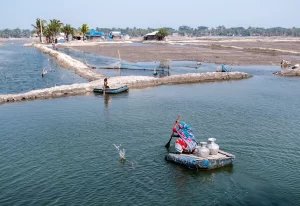
Countries with excess carbon emissions have not taken effective steps to implement legal frameworks. But the Paris conference also decided on a binding agreement to limit global warming to no more than 2 degrees Celsius by 2015. In addition, rich countries were supposed to reduce carbon emissions by 40 percent by 2020 as part of climate change targets to prevent global warming. Initiatives were also taken to create the Copenhagen ‘Green Climate Fund’, making it a legal obligation in the agreement. But these initiatives have not played an effective role in preventing warming. As a result of that agreement, it is imperative for countries to drastically reduce carbon emissions right now, by reducing carbon emissions to virtually zero by 2050.
The challenge of addressing the impact of climate change on the lives and livelihoods of people at extreme risk. If we do not save the humans who are at risk of climate, the world civilization will be threatened. According to the calculations of the Internal Displacement Monitoring Center, 5.7 million people in Bangladesh have become homeless in the last 6 years due to climate change and natural disasters.
According to the UN report, the women of Bangladesh are facing the most suffering due to climate change. 80 percent of people displaced by climate change are women. Climate, food production and women – the three are inextricably linked. Kaliganj, Debhata, Asashuni, Shyamnagar and Koira upazilas of Khulna are the main upazilas on the southwestern coast of Bangladesh. People here are now succumbing to salinity for health and livelihood reasons. Every year due to the increase in salt water in submerged low-lying areas, the people living there are facing various problems related to environmental, economic, health and livelihood. As a result, they are changing their occupations, leaving their old homes in search of work. Joblessness is increasing, their lives and livelihoods and occupations are changing.
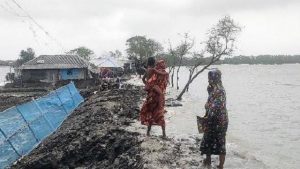
According to German Watch Global’s Climate Risk Index (CRI-2021), rural women in coastal areas cope with natural disasters in livelihoods, family, children, livestock, daily food, water, fuel and animal collection, plantation. It is not easy for them to shift to another profession. As a result, their livelihood is more endangered. The profession forces them to work standing in cold salt water for long periods of time. As a result, they suffer from various physical complications including heart disease more than men. The effect of mother’s physical illness is more on the child. In Kaliganj, Ashashunir, Shyamnagar and Koira, women are suffering from reproductive problems and uterine lesions due to long hours of working in salt water. They are changing their profession to earn a living. As a result, their respective professions are disappearing. Some are moving to cities to join professional industrial workers or factory jobs.
In the context of international initiatives and political commitments, Bangladesh finalized the National Adaptation Plan (NAP) Roadmap in 2015. The Ministry of Women and Child Affairs has taken up a project called ‘Social Protection of Women and Children against the Adverse Effects of Climate Change’ to ensure the safety of women and children. Apart from this, despite being extremely vulnerable to climate change, Bangladesh plays a leading role in climate change adaptation internationally. Bangladesh also hopes to complete the National Document of National Adaptation Plan by 2022. Failure to act on climate change awareness and adaptation strategies at this juncture will result in losses.
Selim Sharier
Media and social workers

